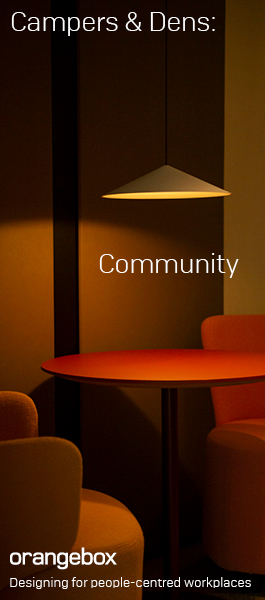August 5, 2025
Growing number of businesses want people back in the office, but not in all sectors
 Over two fifths (41 percent) of businesses have emphasised the need for people to work in a physical workspace such as an office over the past year, according to a new poll from the British Chambers of Commerce (BCC). While most of the firms (67 percent) who require onsite working say it hasn’t impacted recruitment or retention, one in ten relevant businesses (9 percent) have seen staff leave in response.
Over two fifths (41 percent) of businesses have emphasised the need for people to work in a physical workspace such as an office over the past year, according to a new poll from the British Chambers of Commerce (BCC). While most of the firms (67 percent) who require onsite working say it hasn’t impacted recruitment or retention, one in ten relevant businesses (9 percent) have seen staff leave in response.
Looking ahead, just less than half (48 percent) of businesses expect all working days to be in-person over the next 12 months. The online poll of 583 businesses was carried out between 24 April and 14 May. The majority (94 percent) of firms who took part were SMEs with fewer than 250 employees.
The data suggests that there are significant differences in sectoral attitudes towards hybrid working, with manufacturers (62 percent) and B2C (61 percent) services most likely to be expecting all working days to be on-site in the next year. In contrast, just 27 percent of business-to-business service companies say they’ll be expecting all shifts to be in person over the next year.
Views are mixed over the productivity impact of remote or hybrid working. Half of manufacturers (49 percent) say it decreases productivity, compared to 41 percent of all firms reporting a negative impact. B2B service companies are most likely to see improvements through remote working, with a quarter (25 percent), saying it increases productivity. That compares with just 17 percent of all firms.
This new data marks a shift in attitudes. For comparison, previous polling by the BCC in 2023, found that just 27 percent of responding firms predicting their staff will be fully in-person over the next five years.
Jane Gratton, Director of Public Policy at the British Chambers of Commerce said: “We’re seeing a clear shift towards more firms requiring full on-site working, but it’s by no means a uniform picture. The trend is being led by manufacturers and consumer-facing businesses, while around two thirds of B2B service firms continue to operate hybrid models.
“Hybrid working has become a fixture of modern working life since the pandemic and is valued by employers and their workforce. But it does not suit everyone and, for some firms, a full onsite model may be the best solution for the business.
“With the cost of doing business continuing to escalate, firms are looking to boost productivity. Hybrid working can help firms attract and retain a skilled and engaged workforce. However, some employers are identifying significant benefits of bringing all staff together again onsite.
“How and where people work is likely to continue to evolve in the years ahead. A flexible working approach makes good business sense but, to drive economic growth, managers also need the flexibility to do what’s right for their business.”














